Ever had a wound that eventually dried up and turned into a hard, dark brown or black “crust”? That’s called a scab.
It can get super itchy, and it’s tempting to peel it off, but wait! Let’s understand why scabs form and how to care for them the right way.
What Is a Scab?
A scab is part of your body’s natural defense system. When the skin is injured and bleeding, your body forms a blood clot to stop the bleeding.
Over time, that clot dries out and becomes a hard “shield” over the wound. That’s the scab.
The main functions of a scab are to:
- Protect the wound from infection
- Prevent excess fluid loss
- Support skin regeneration
Underneath the scab, new skin is actively forming and repairing the damaged tissue.
Can Scabs Change Color?
Absolutely. Scabs often start dark red or brown and may turn darker over time. But don’t worry! A darker scab usually just means the healing process has been going on for a while. It’s not a bad sign.
What Kind of Wounds Cause Scabs?
Scabs can form from various types of injuries, such as:
- cuts and scrapes;
- minor burns;
- puncture wounds;
- post-surgical wounds or biopsies;
- insect bites;
- popped pimples;
- skin conditions like eczema, chickenpox, psoriasis, or impetigo.
Scabs usually form when a wound is left to dry. If you keep the wound moist from the start (using an antibiotic cream or petroleum jelly), the skin may heal without forming a scab at all.
Why Do Scabs Itch?
If your scab feels itchy, that’s a normal part of healing. As the skin repairs itself, the body releases chemicals like histamine, which can cause itching. Dry skin around the wound can make it even worse.
But remember: don’t scratch! Scratching can slow healing, lead to infection, or leave scars.
How to Take Care of a Scab Properly
To help your scab heal faster and reduce the chance of scarring:
- Don’t pick at it. Let it fall off on its own.
- Keep the area clean. Gently wash with mild soap and clean water.
- Moisturize. Use a wound-safe moisturizer, especially once the scab begins to thin.
- Apply a warm compress. This can help improve blood flow and relieve itching.
Can You Speed Up Scab Healing?
Definitely! One of the best ways is to keep the wound moist. Studies show that moist wounds heal faster than dry ones.
That’s where wund+™ Regeneration Cream can help. This cream works by:
- Hydrating the skin with non-irritating ingredients
- Supporting the regeneration of new skin cells
- Reducing itching and discomfort
- Helping to prevent dark or raised scars
Just apply a thin layer around the wound once it has started to close, or when the scab is naturally starting to come off.
Never Pick at a Scab!
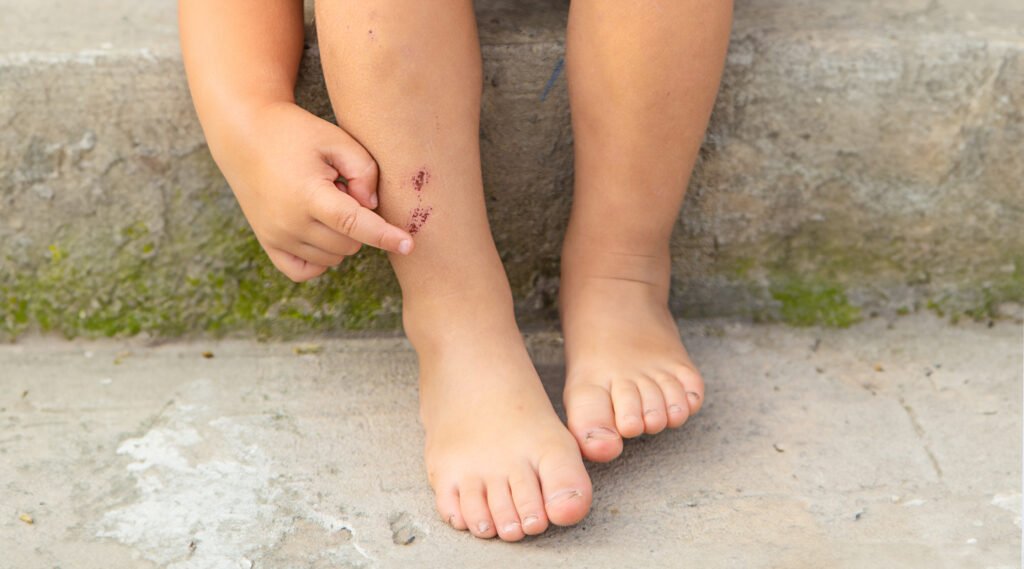
Peeling off a scab can:
- Reopen the wound
- Damage the newly formed skin
- Increase the risk of infection
- Lead to more severe scarring
Let your body do the healing at its own pace. Your job is to keep the wound clean and moisturized—not rush it to disappear.
A scab is your body’s “shield” during healing, as long as you treat it right: no scratching, no picking. With the help of products like wund+™ Regeneration Cream, your skin can recover more smoothly and with less risk of scarring.
If you want your skin to heal nicely and look good afterwards, start taking care of it early. Healing is important, but so is the mark it leaves behind!
References
Cleveland Clinic. Accessed in 2025. Scab
Healthline. Accessed in 2025. Should I Be Concerned About a Black Scab?







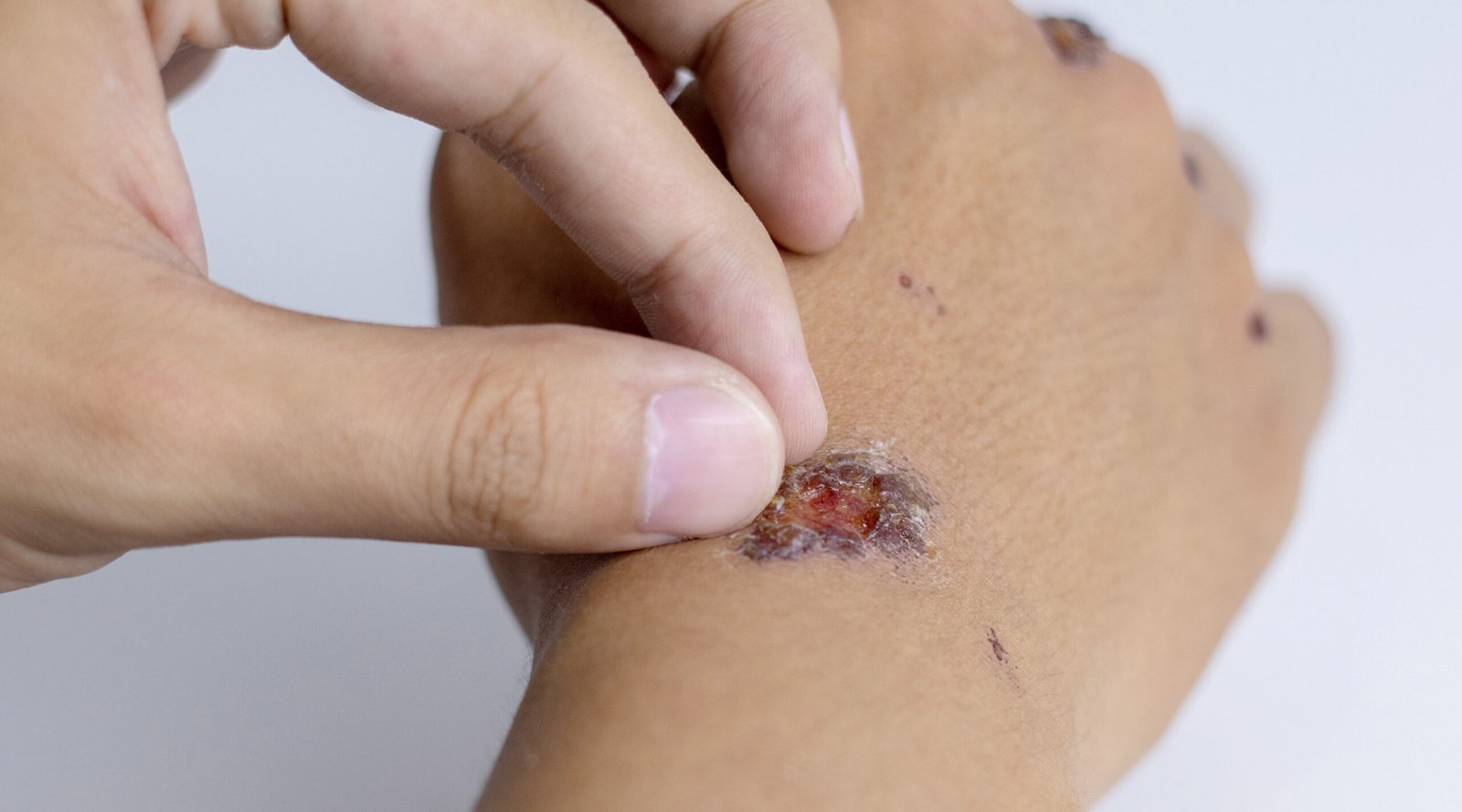
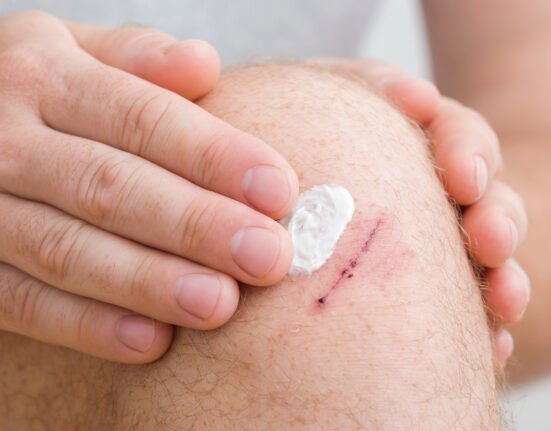
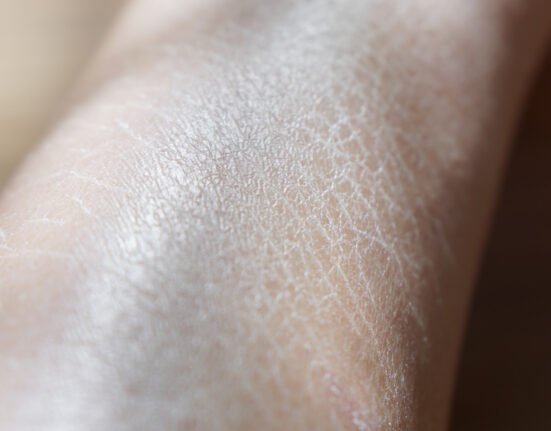

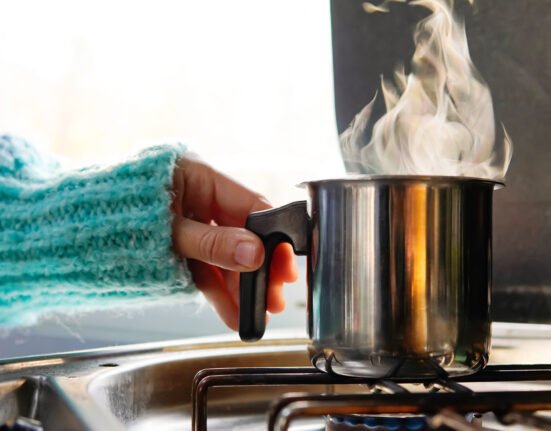


Leave feedback about this